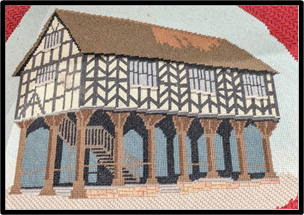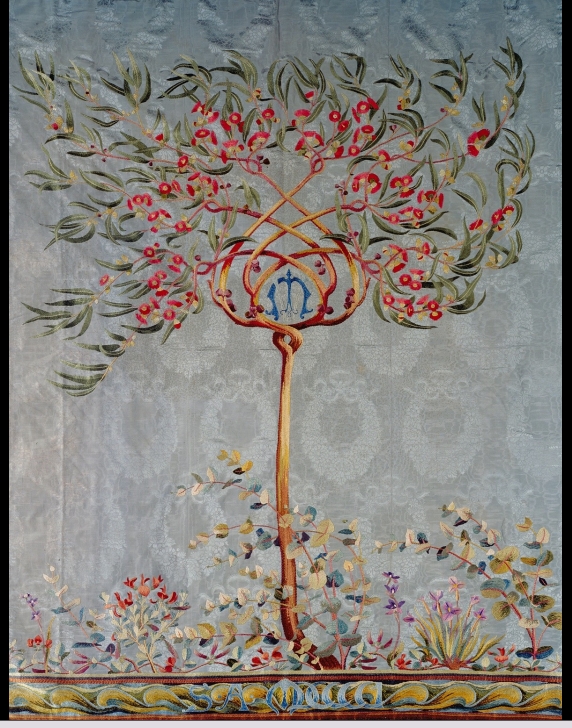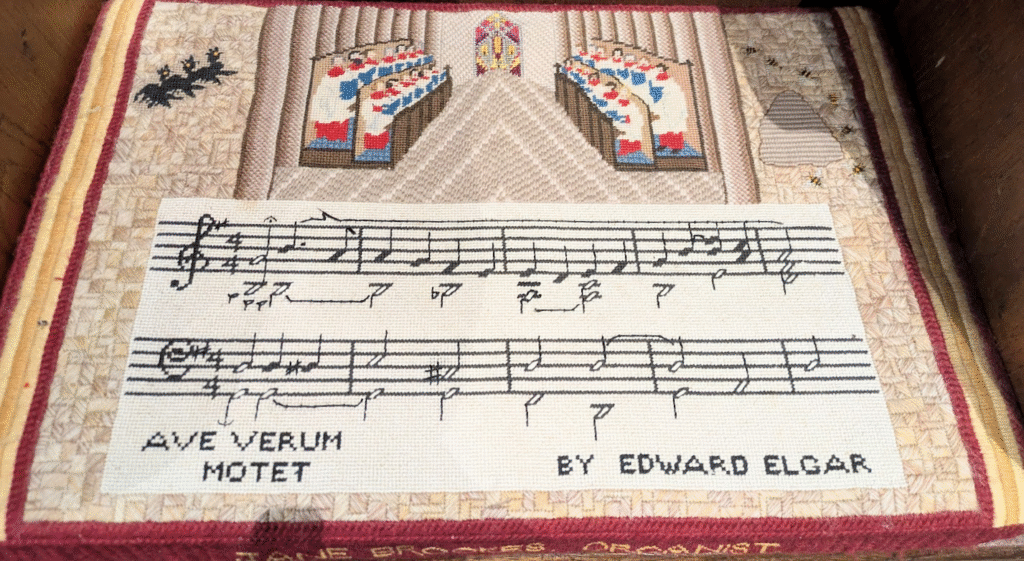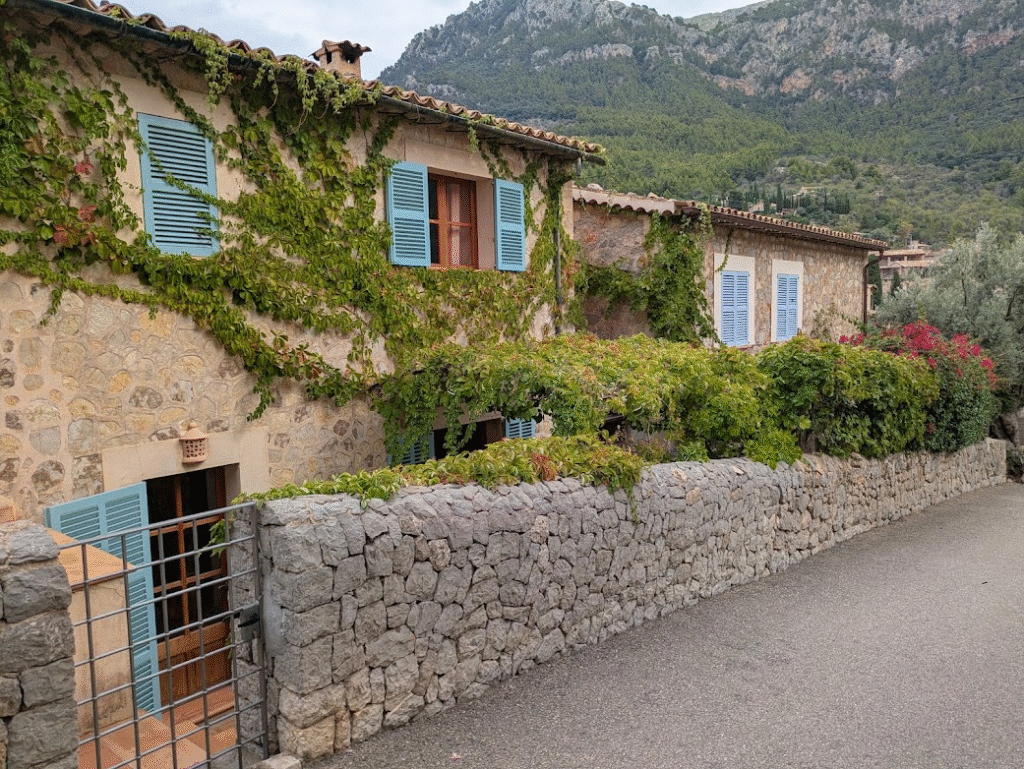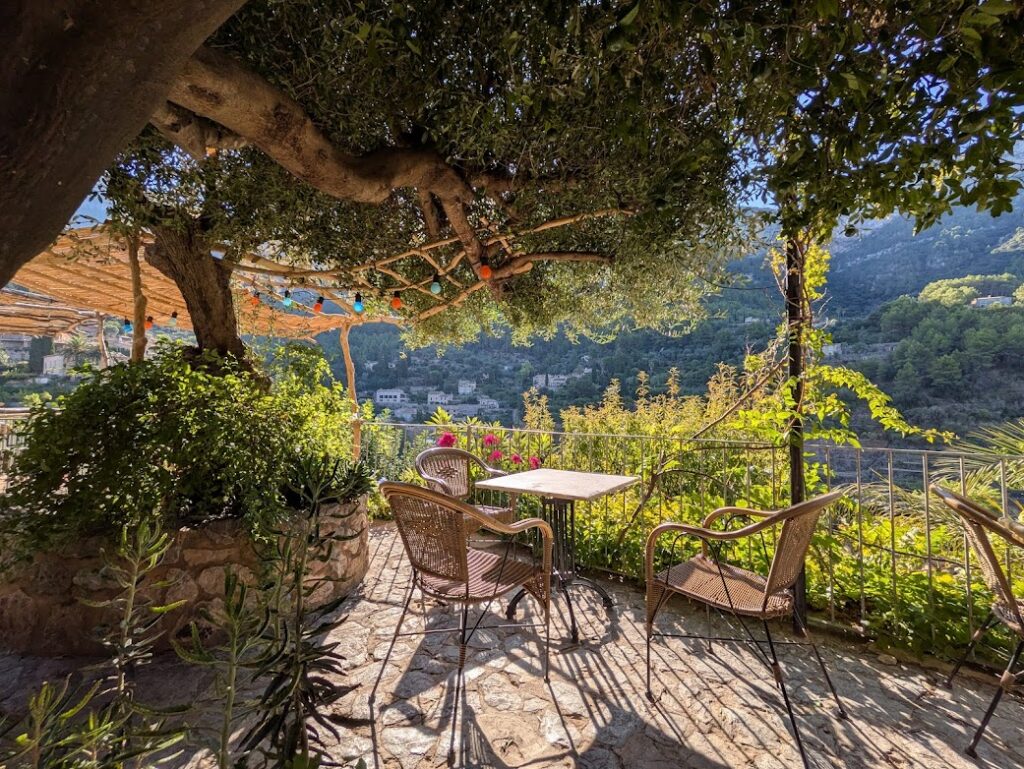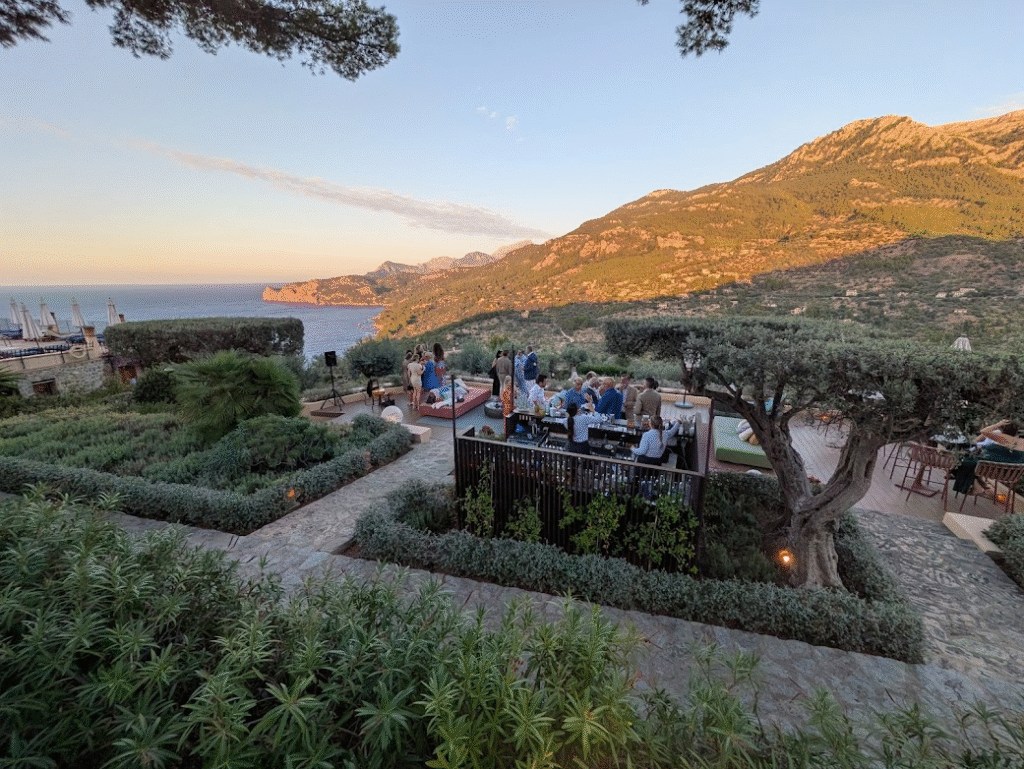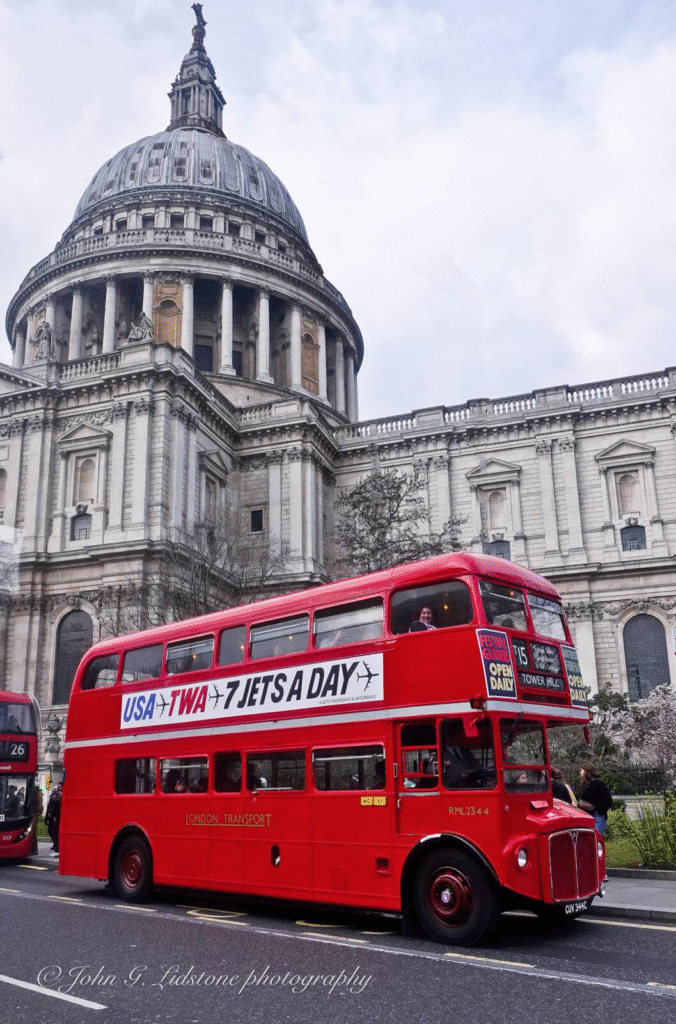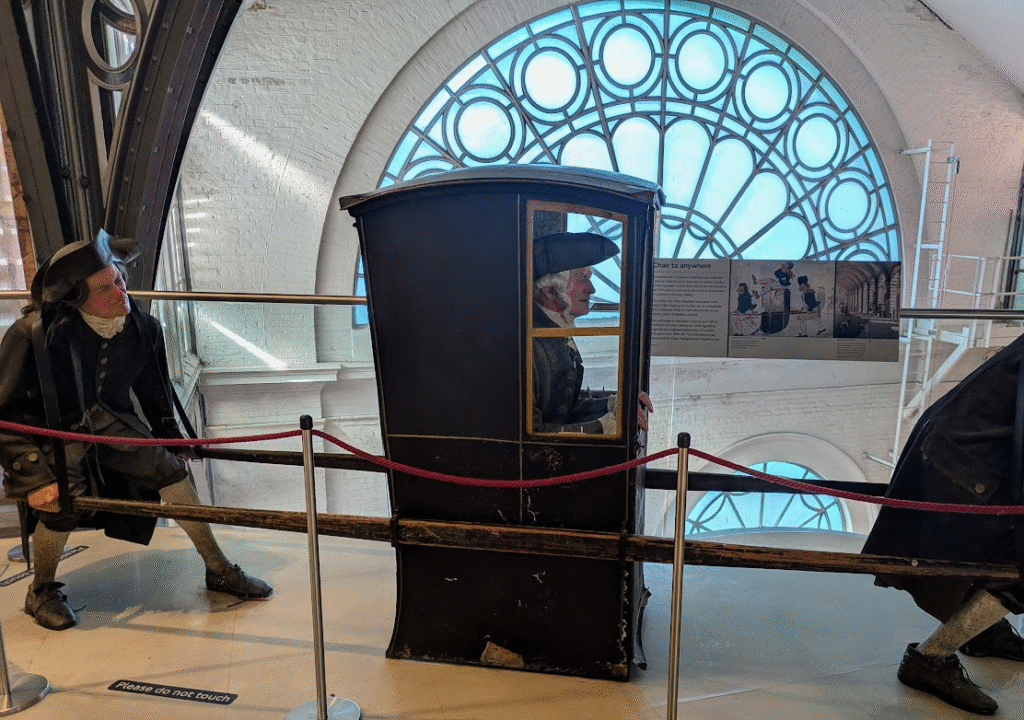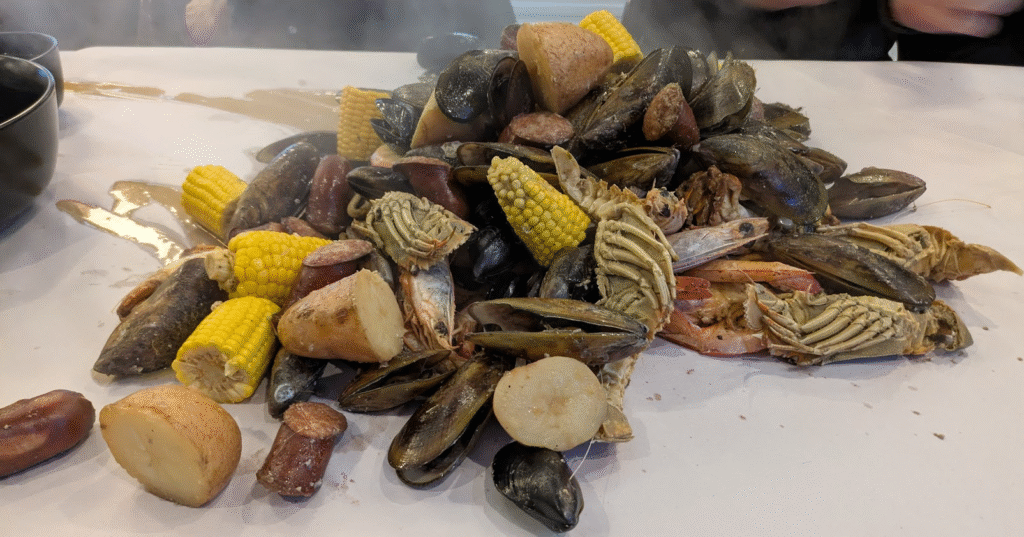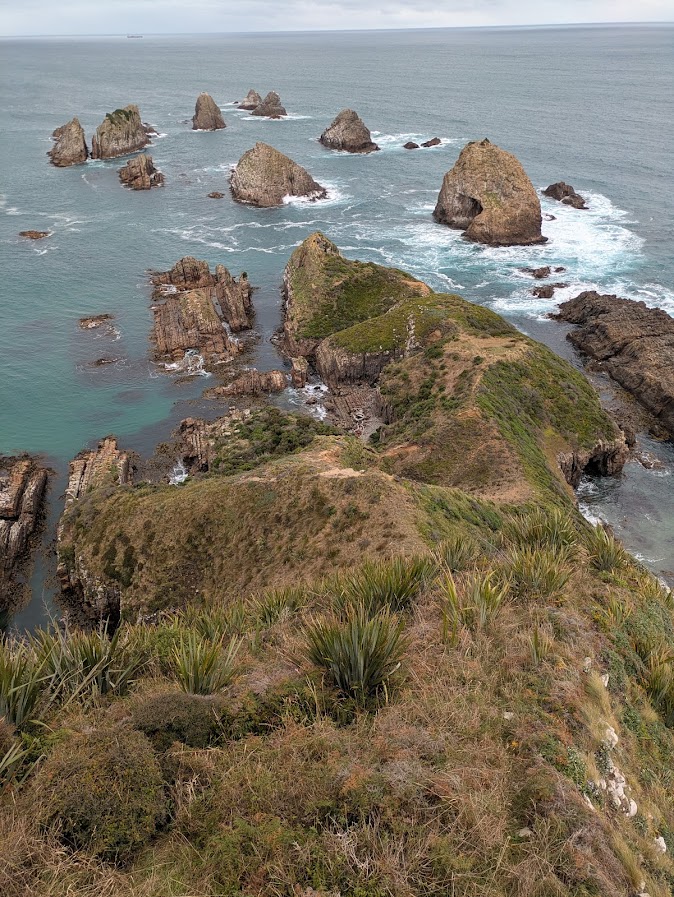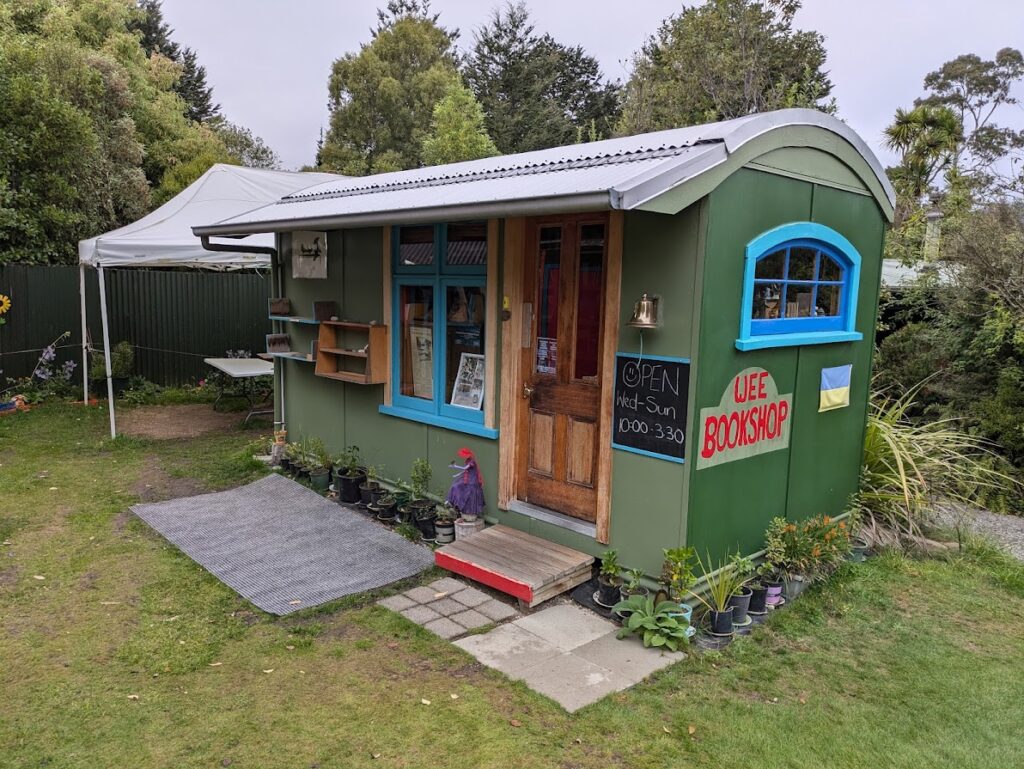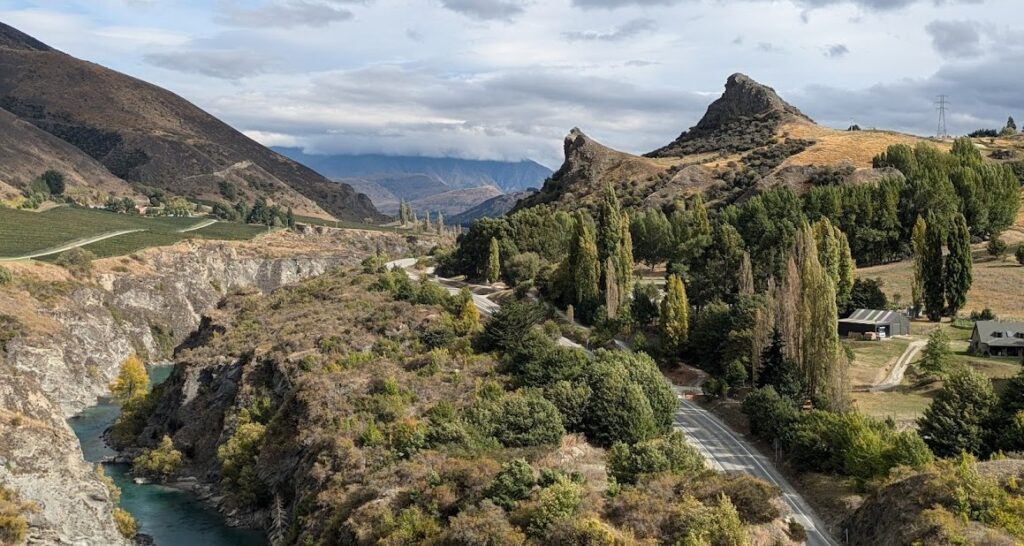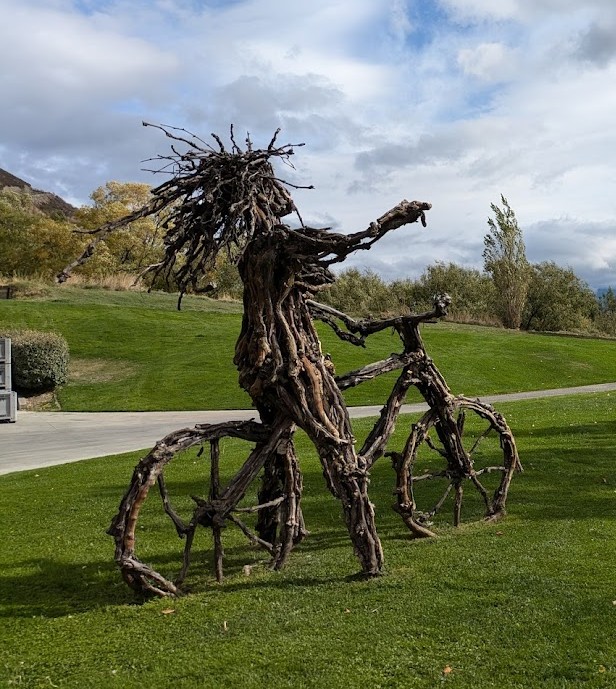
Historical novelist Tracey Chevalier is probably best known for her second novel, ‘The Girl with a Pearl Earring’, a fictional account of the Dutch painter, Vermeer, and his model. This, you may remember, was made into a movie in 2003 with Colin Firth in a dreadful wig and Scarlett Johanssen as The Girl. However, it is Chevalier’s tenth novel, published in 2019, that has stuck with me. ‘A Single Thread’ is the story of Violet, a young woman, who, when her fiancé is killed in WWI, becomes trapped at home, caring for her controlling mother. Eventually, determined to assert her independence and chart her own course through life, she moves to Winchester. There, she finds a passion for needlework and become a ‘broderer’ at Winchester Cathedral. The Guardian critic, Katy Guest, takes full advantage of the plotline to write about the protagonist thus: ‘Violet Speedwell whose thread we follow through the intricate tapestry of this novel.’ And like the great aunts I am currently researching, she quietly defies society’s expectations that she must marry to find purpose. Instead, through small, quiet acts of courage and rebellion, Violet makes her own way in the world.
By coincidence, we were exploring Wells Cathedral at the time I was reading the book, so in my head, I relocated the tale to Somerset, where there are embroidery tours (and classes) designed to promote the art. Here, the quire (or choir) stalls show off the work of mid-twentieth century needlewoman, Lady Alice Hylton and a large group of volunteer embroiderers. Between 1937 and 1952 these women designed and worked hassocks, seat runners, long kneelers, and 39 panels for the backs of the canopied stalls.
Any cathedral community provides ample opportunity for embroiderersto sew a fine seam for alter cloths, vestments, hassocks and hangings. Generally considered women’s work, needlework became particularly important for middle-class women during the nineteenth century to express themselves through embroidery, needlepoint, tapestry or lace-making. Plain sewing, such as sewing on buttons or hemming clothes, could be done by the servants. Fancy work was an acceptable hobby that could be done in the morning room, among friends. As a skill needed by the Church, it often gave women access to a more public life, away from household chores. Later, according to Dr Jo Vanderpeer ‘it became a conduit to an alternative form of higher education which fostered independent careers for women at a time when that was still radical.’ As I continue work on my speculative biography about my great grandmother and her sisters, I am reminded time and again that not every middle class woman adhered to the social expectations of the time, and without familial fuss or societal bother, refused to be dictated to by the world’s expectations, but quietly forged ahead to write their own stories.
Before I continue this particular story, I must admit up front that I have no talent with needles – of the sewing or knitting variety, before you jump to conclusions! Nor can I crochet or embroider. Over the past couple of years, however, I seem to have gravitated towards those who can, and have come across some fascinating and impressive works of art in the embroidery department. It has continued to be a theme this autumn, as we meander through Britain.
Months ago, I booked a ticket to attend an exhibition at the Kings Gallery in Buckingham Palace, which I have been anticipating it eagerly. The Edwardians: Age of Elegance is a display of art collected by four members of the British royal family during the Edwardian Era: paintings and porcelain; jewellery and trinkets; furniture and Fabergé pieces; even Alexandra and Mary’s coronation dresses. And it included a piece of embroidery worked by my great aunt and her colleagues at the Adelaide School of Design.
The Edwardian period traditionally spans the reign of King Edward VII, from 1901 to 1910. In this exhibition, however, the time frame is extended from 1863, with the marriage of Princess Alexandra of Denmark to Edward, Prince of Wales, until 1920, with King George V and Queen Mary. The guidebook tells us:
With Queen Victoria in mourning for her husband Prince Albert and seldom in the public eye, Edward and Alexandra became the public face of the monarchy. Together with their son, the future King George V and his wife, Queen Mary, they started to have an impact on the cultural life of the country in the last decades of the 19th century.
All four royals would have the opportunity to travel around the world as no other British royals had done before, visiting the British colonies that now wrapped around the globe. This would include a visit to Australia at the turn of the century, when George and Mary, then the Duke and Duchess of York and Cornwall, came to Melbourne to open Australia’s first Federal Parliament on May 9, 1901. The only building in Melbourne that was large enough to accommodate the 14,000 guests was the western annexe of the Royal Exhibition Building that still exists in Carlton Gardens. After the official opening, the Federal Parliament moved to the Victorian State Parliament House, until the first Parliament House in Canberra was completed in 1927.
In July, the royal couple sailed up the Spencer Gulf in the Royal Yacht Ophir and landed in Port Adelaide. They were then whisked up to the Adelaide Town Hall for an official reception. They would spend five days in Adelaide, during which time they were presented with a portière, or wall hanging – commissioned by a group of Adelaide Establishment Ladies – to commemorate their visit. A friend of mine who had been researching South Australian 19th century arts and crafts, tracked down the portière a year or so ago, and we were thrilled to hear it would be in the exhibition. A portière is a large, embroidered panel used to cover a doorway and prevent draughts, or as a decorative walk hanging.
There were only two embroidered pieces on display. The Royal portière was designed by H.P. Gill, the Director of the Adelaide School of Design, and embroidered by four talented needlewomen on blue moire brocade, depicting a young gum tree with six flowering branches representing each of the six states that enclose a heart-shaped design, which contains the monogram ‘V.M’ – the initials of the Duchess, Victoria Mary.
Beside it, in the King’s Gallery, hung a very different style of embroidery: a panel from the Kiswah of Maqam Ibrahim, which Queen Mary received from the King of Hejaz (now Saudi Arabia) in 1918.
Two weeks later, needing a break from the motorway heading south from Edinburgh, we stopped into Hardwick Hall, a National Trust property in Derbyshire. Built by Bess of Hardwick in the 16th century, it was designed to show off her considerable wealth and social standing as the highest aristocrat in the land, excepting only Queen Elizabeth I herself. Most notable (to me) were the tapestries. The National Trust holds over 200 historical tapestries, the largest collection of tapestries in Britain. A guide explained that Hardwick Hall contains more than 100 of these. The unusually broad Long Gallery is virtually wallpapered in thirteen huge Flemish tapestries that tell the Bible story of Gideon defeating the Midianites. The colours may have faded, but the work that went into them is still apparent; work that would have taken years to complete.
The guidebook talks not only of Flemish tapestries but of carpets woven in Persia and Turkey, rare, embroidered chair coverings and luxurious bed hangings which are displayed throughout the house. Bess not only appreciated these fine creations, but was an excellent needlewoman herself and would have worked on many of the smaller pieces with her gentlewomen.
We then moved west to Ledbury, west of the Malvern Hills, where we discovered this pretty market town, full of heritage-listed, timber-framed Tudor buildings. Quaint cobbled streets weave between top-heavy buildings that seem liable to topple but have somehow remained standing for centuries. There is also a beautiful, Grade 1 listed church, St. Michael and All Angels, and its free-standing bell tower. Again, the many wondrous designs of the embroidered tapestry kneelers in the quire are worth a mention here, several illustrating the historic buildings for which the town is renowned.
Finally, we visited Brockhampton Manor, a fourteenth century medieval manor now owned by the National Trust, on the outskirts of Bromyard, Herefordshire. This homely, moated manor house sits among the largest orchards cared for by the National Trust, which contain numerous varieties of damsons and apples, plums, pears, and quince, cherries and medlars. The house is accessed by a timber-framed gatehouse that has housed farming implements, chickens and possibly even the odd Catholic priest during the Dissolution of the monasteries.
And of course, the thing that I noticed particularly was the needlework presumably done by some of the women who have lived in the house over the centuries, including a sampler done by a nimble-fingered nine year old in 1865. In the Great Hall, we spotted a more modern piece: a wool wall hanging (a portière perchance?) worked by the Ross on Wye Arts Society. The design, based on the tree of life, depicts images of working life on the estate from the 17th–18th centuries, and includes brightly coloured bees and butterflies, ladybirds and spiders, peacocks and daisies, and tiny outlines of the manor house and the gate house over the moat.
While we have seen a rich array of needlework on our travels, and I find myself fascinated to know more about this ancient art, I can only wish that I had ever learned to handle a needle with such skill and dexterity. Maybe in my next life. For now, I will simply admire.
*For once, all these photos were ones that I took!

